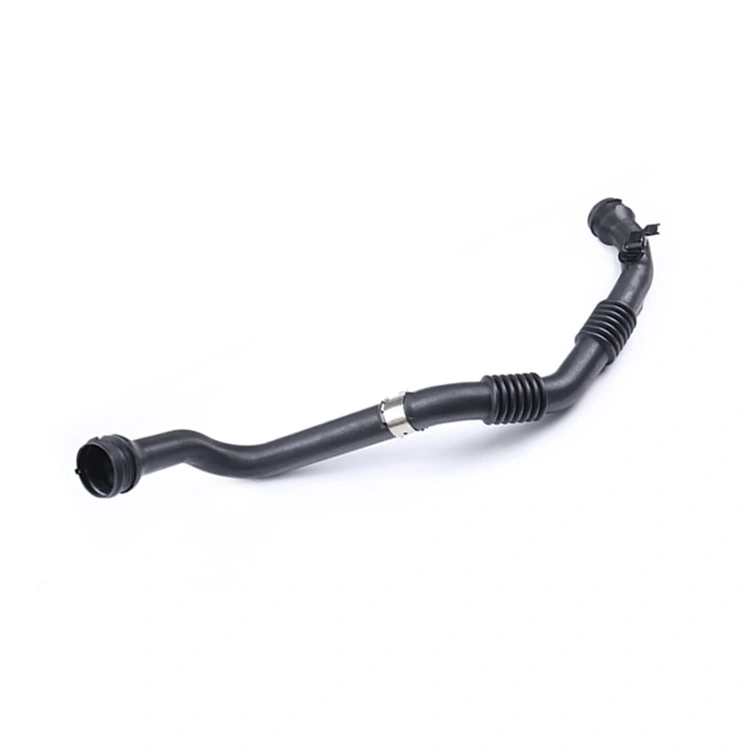The Primary Function of an Intake Pipe in a Vehicle
2024-12-20
In the complex world of automotive engineering, every component plays a crucial role in ensuring the vehicle operates efficiently and effectively. Among these, the intake pipe stands out as a key player in engine performance and longevity. But what exactly does an intake pipe do? Let’s explore its primary function and why it’s vital to your vehicle.
What is an Intake Pipe?
An intake pipe is a conduit that facilitates the delivery of air to the engine’s combustion chamber. Located between the air filter and the intake manifold, this component ensures that the engine receives the clean, consistent airflow necessary for combustion.
The Primary Function of an Intake Pipe
The primary function of the intake pipe is to direct and optimize the flow of air into the engine. This process is essential for the following reasons:
1. Ensuring Air Quality:
- The intake pipe works in conjunction with the air filter to ensure that dirt, debris, and other contaminants do not enter the engine. Clean air is critical for efficient combustion and preventing engine damage.
2. Maximizing Airflow:
- By maintaining an unobstructed and smooth pathway, the intake pipe ensures a steady supply of air, enabling the engine to operate at peak efficiency.
3. Supporting Combustion:
- For an engine to produce power, it requires a precise mixture of air and fuel. The intake pipe guarantees a consistent supply of air to maintain this balance.
4. Reducing Engine Strain:
- A well-designed intake pipe minimizes turbulence and resistance, reducing the workload on the engine and enhancing overall performance.
Why the Intake Pipe Matters
Without an efficient intake pipe, the engine would struggle to perform optimally, leading to issues like decreased fuel efficiency, reduced power output, and potential long-term damage. In modern vehicles, intake pipes are designed with advanced materials and engineering techniques to improve airflow and withstand extreme conditions.



